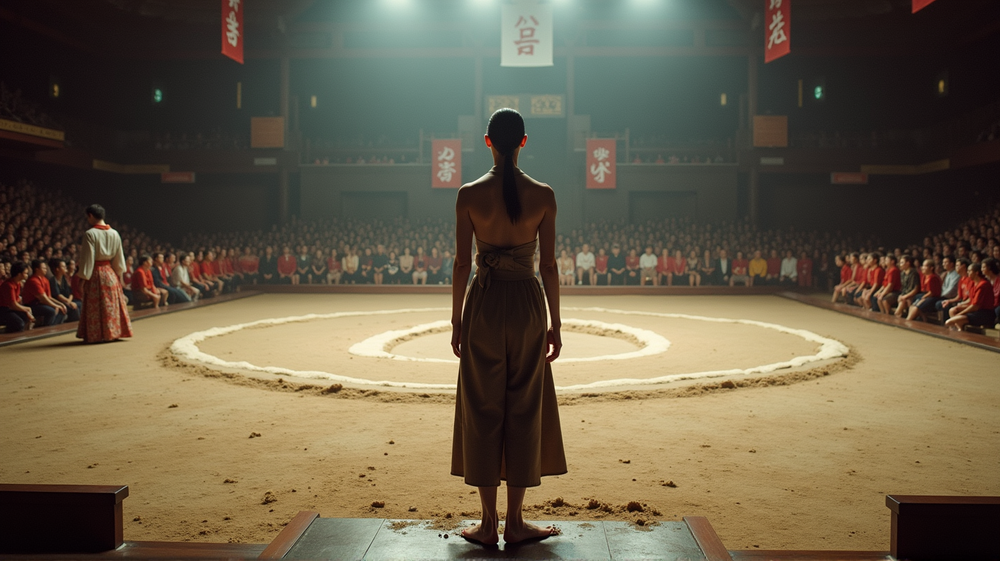In the heart of Fukuoka, as the sumo tournament unfolds, a silent storm gathers momentum. The cultural winds of change may soon reshape a sacred tradition. The focal point? Japan’s trailblazing Prime Minister, Sanae Takaichi, stands on the cusp of challenging centuries-old customs. The question lingers—will she defy the sport’s ban on women entering the “sacred” dohyo?
A Tapestry of Tradition
Tradition is woven deeply into the fabric of sumo, reflecting the ancient Shinto belief that women, due to menstrual blood, are “impure.” This belief remains steadfast, preventing women from entering or even touching the hallowed ring. Yet, the sands of time may finally be shifting.
With 11 days remaining in the current 15-day tournament, sumo aficionados are on tenterhooks. As the government deliberates, the country waits to see if Takaichi will step into the ring to present the Prime Minister’s trophy.
A History of Controversy
This is not the first skirmish over women entering the dohyo. The spark was lit in 1990 by Mayumi Moriyama, Japan’s first female chief cabinet secretary. Her ambition was thwarted, echoing throughout the years, most visibly in 2018 when a group of brave women defied tradition to provide life-saving first aid during a sumo event.
Even today, these incidents are reminders—a call for modernity amid tradition. While a panel has been set up to re-evaluate the exclusion, no solid steps toward change have emerged, as illuminated by the Asahi Shimbun.
Standing at the Crossroads
Will Takaichi’s potential entry symbolize a leap forward in gender equality? Many advocates see this as a potential turning point. A symbolic victory for women’s rights might also bolster her party’s stature and sway political tides in her favor.
In a nation that cherishes sumo and its sport, marked by scandals yet celebrated for its cultural grandeur, such a move could be profound. According to The Guardian, a historic milestone awaits, and the anticipation builds steadily.
Both supporters and staunch traditionalists watch, waiting to see if this becomes a defining moment for Takaichi and Japan’s evolving social landscape.













